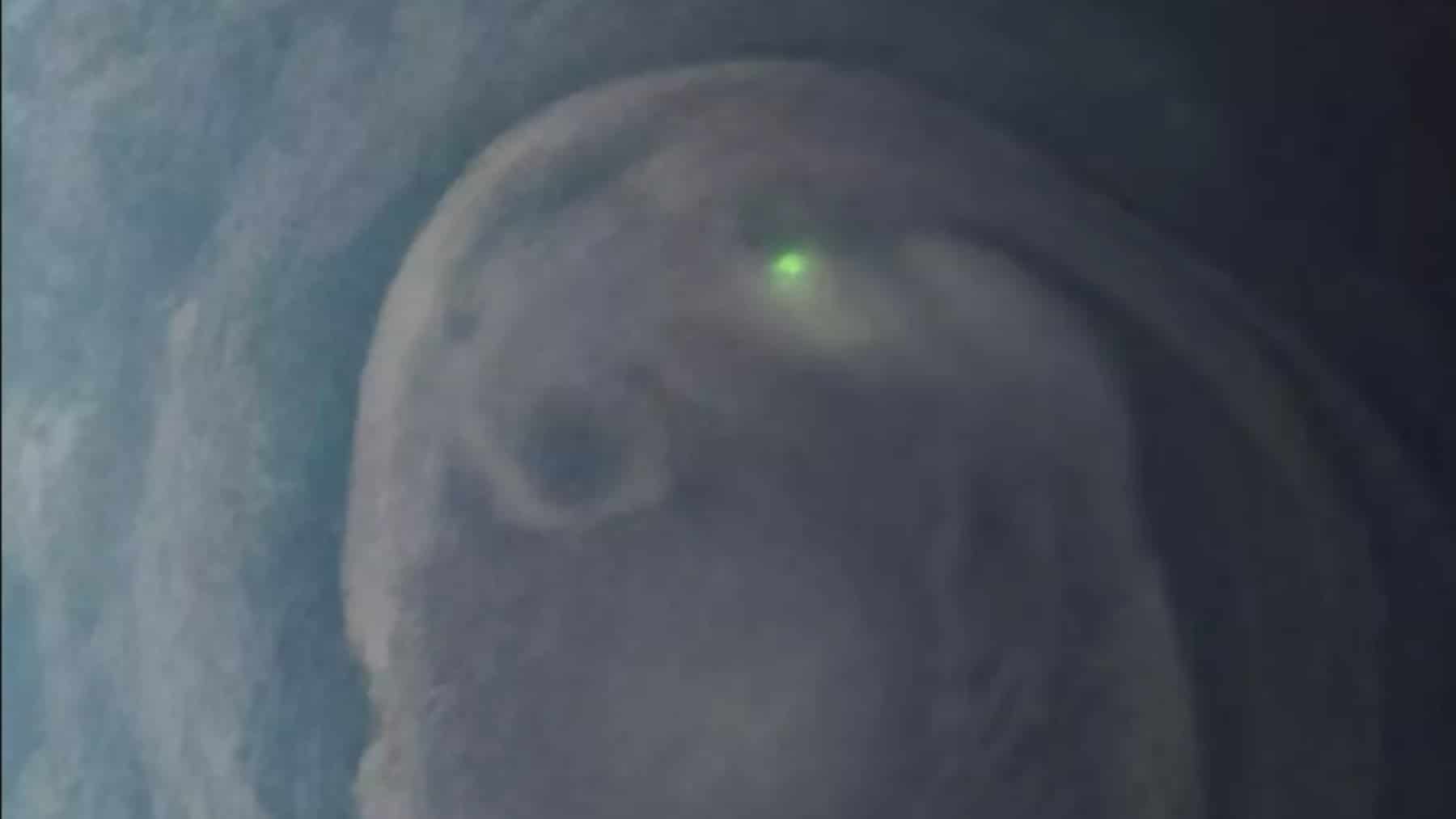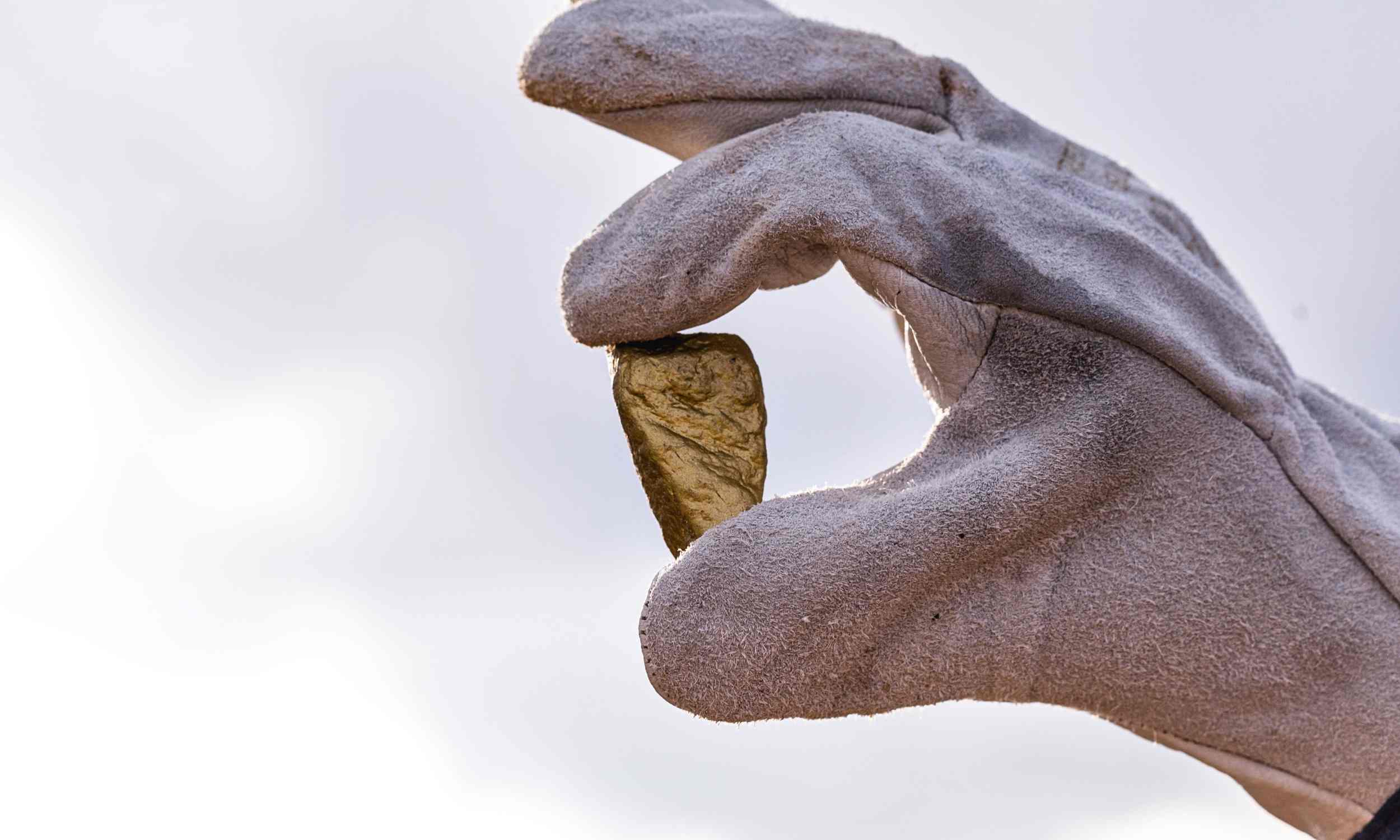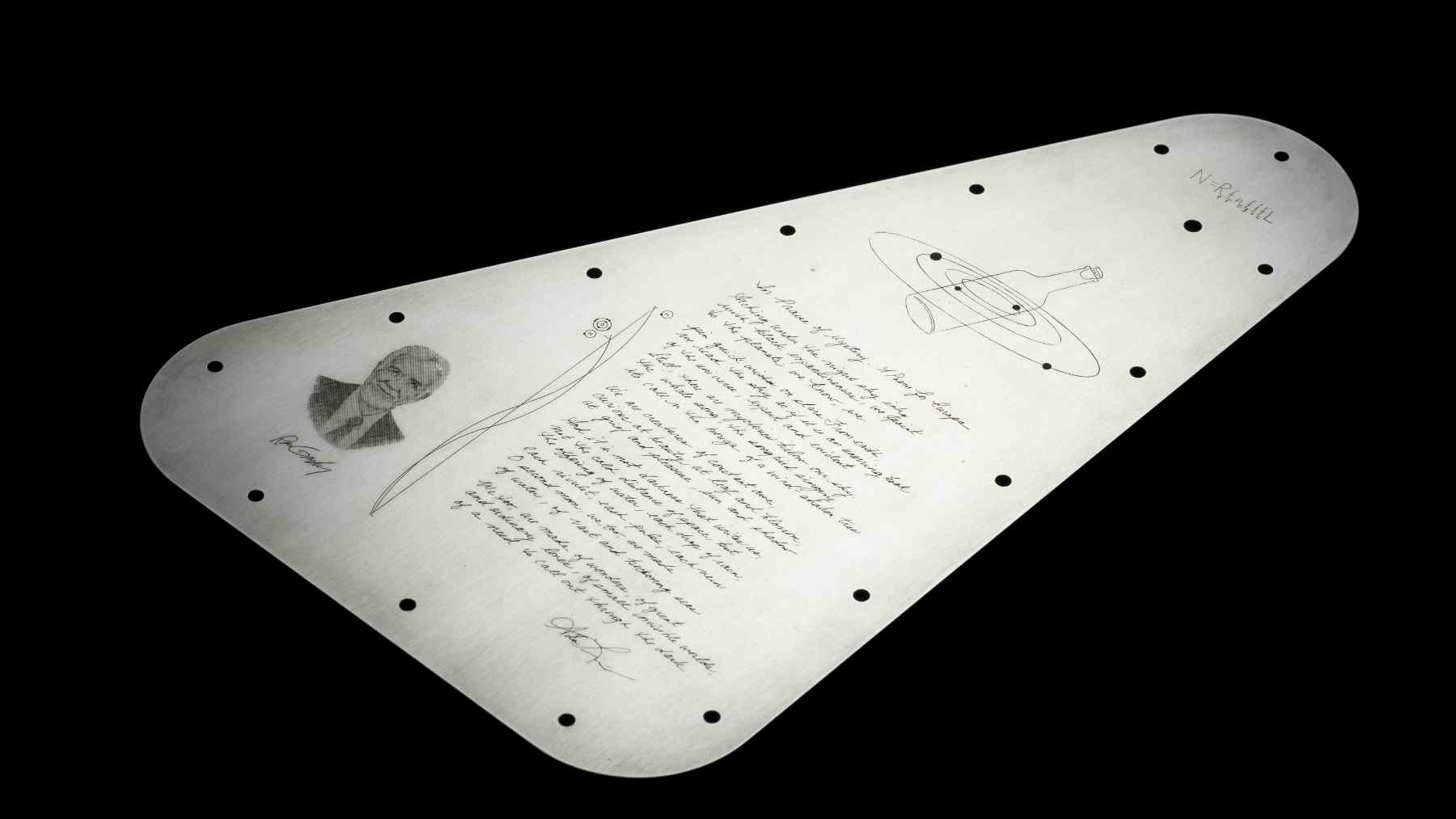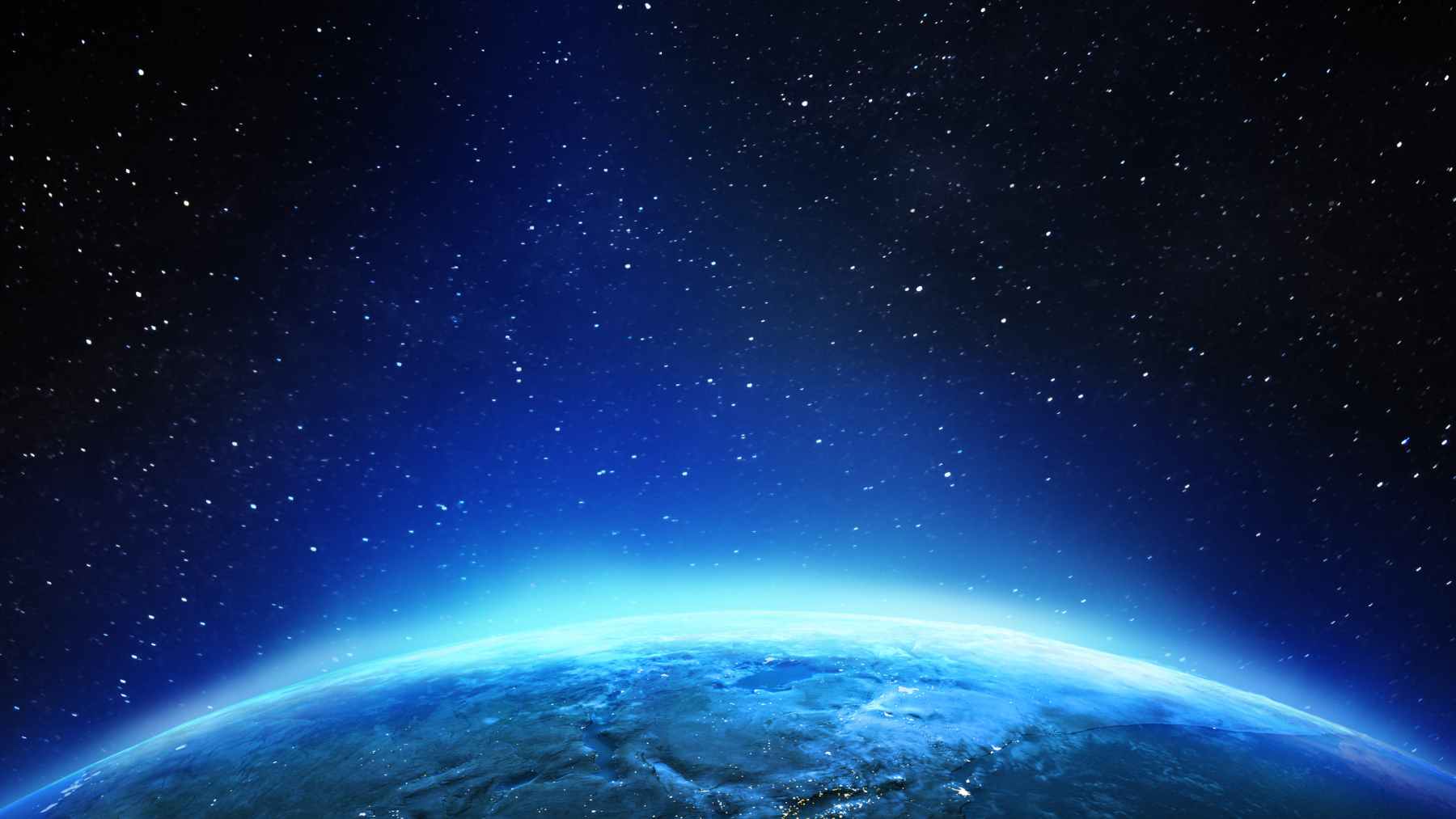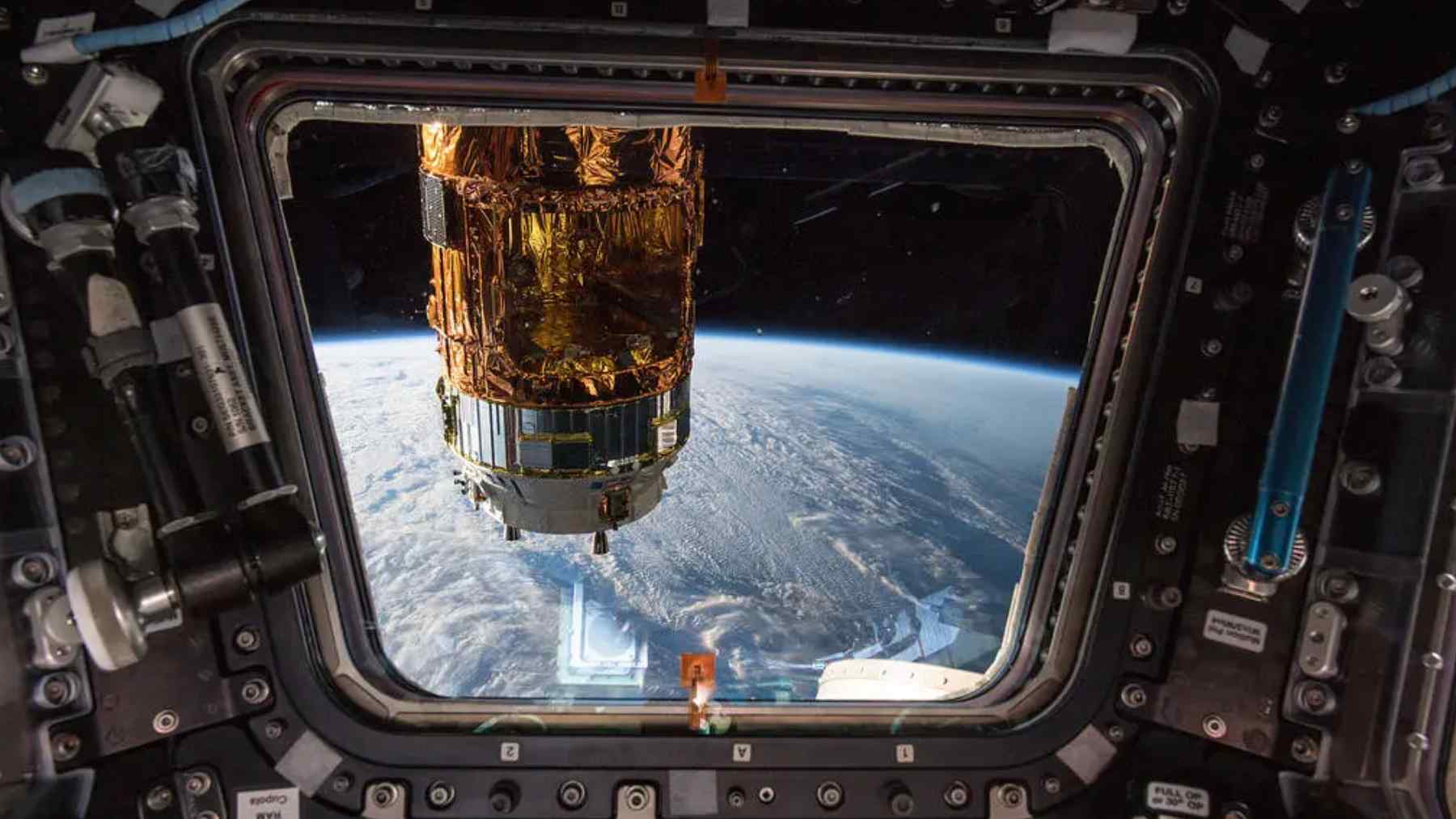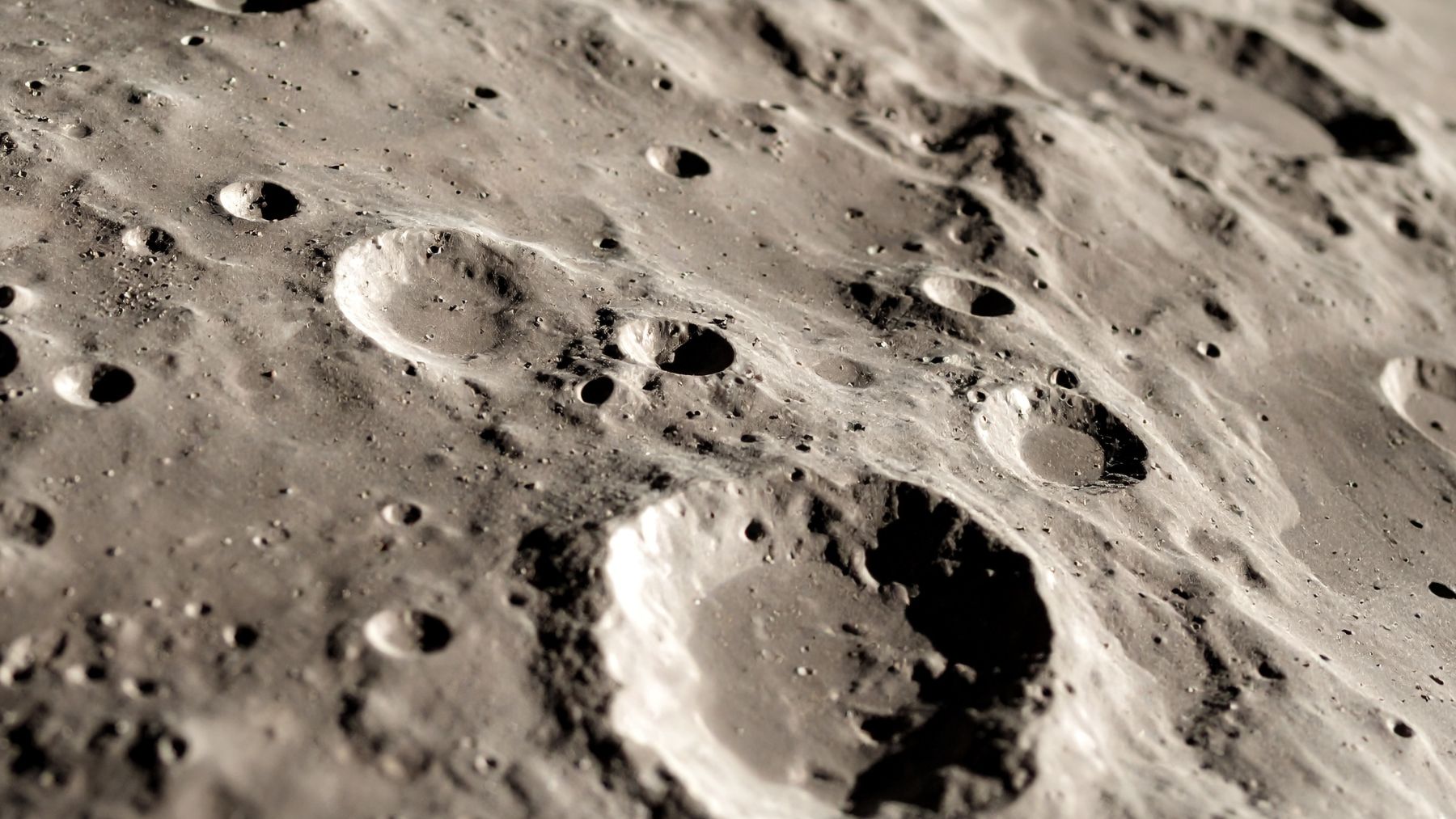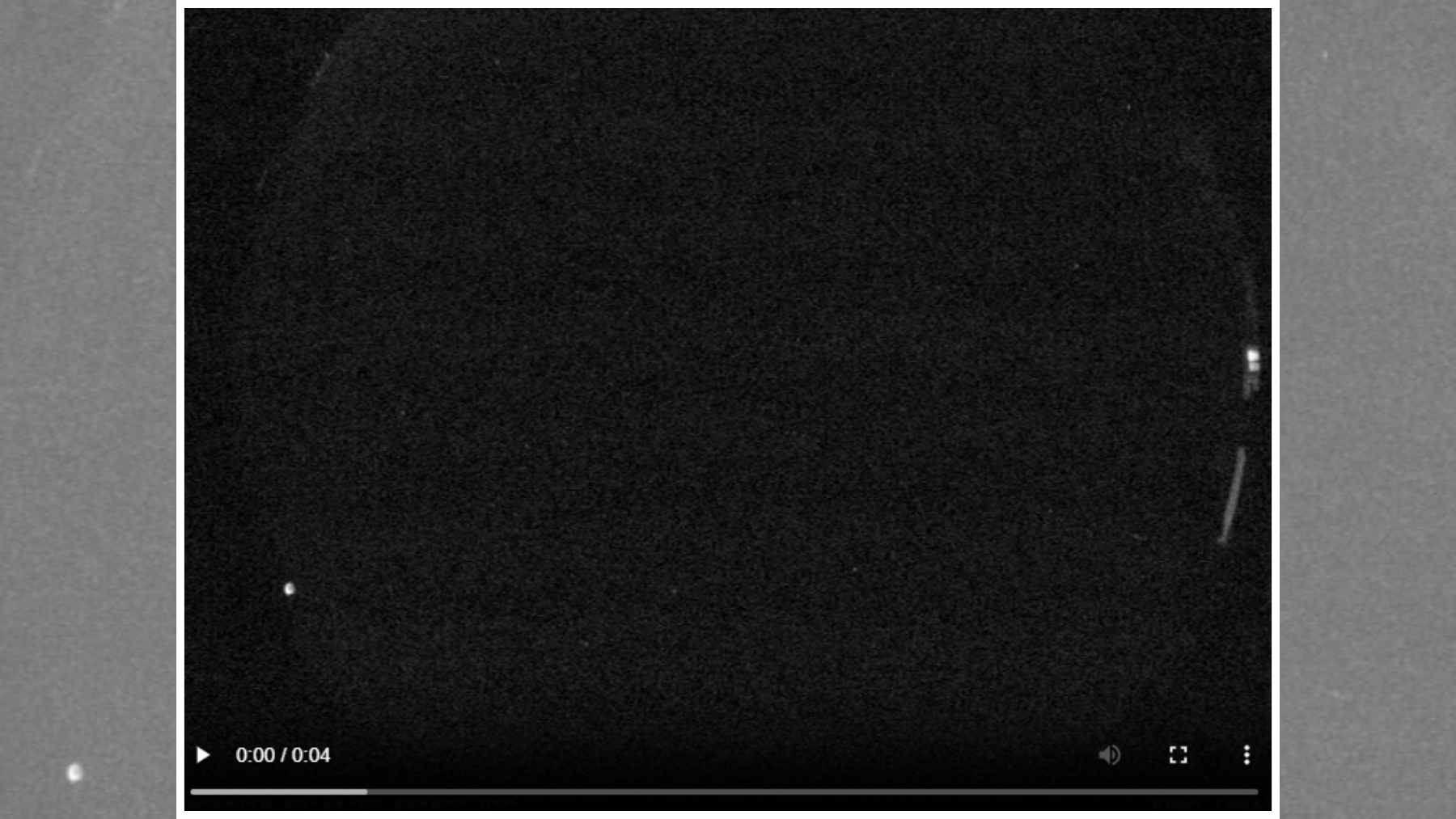In a new finding, astronomers have identified many black holes in the early universe using the Hubble Space Telescope of NASA. This discovery raises pertinent questions regarding the origin and processes of such bizarre structures and their contributions to galaxy growth. As scientists delve deeper into these mysteries, the realization dawns: as fascinating as it sounds, black holes are not only rare events; they are extraordinarily abundant at every stage of the universe’s evolution.
Astronomers find black holes in the early universe, exceeding expectations
An international research group, including astronomers from the Department of Astronomy at Stockholm University, has discovered more black holes in the early universe than predicted. This work greatly improves the knowledge of how supermassive black holes, with a mass of more than a billion times that of the sun, are formed. These black holes detected within galaxies less than a billion years post-Big Bang emphasize the high evolution process of galaxies in the Universe. Alice Young, a PhD student who participated in the project, said: “Many of these objects appear to be more massive than we previously believed could exist at such a young age – either they started as large, or else they grew rapidly.” This insight is important for an astronomer interested in solving how black holes and galaxies have evolved.
The findings suggest that some black holes may have formed from the fragmentation of enormous, untainted stars soon after the universe’s birth. Stars such as these were unique to the first clusters of galaxies, as they have since been born in galaxies along with the debris of prior stellar generations. The discovery makes researchers reconsider and enhance black hole formation and development theories, underlining the demand for deeper insights into these massive space objects.
What the implosion of large gas clouds tells us about black hole formation
Black hole formation has remained one of the most debated aspects for many astronomers. These are the implosion of large gas clouds, the interaction of stars within large clusters, and the possible existence of primordial black holes. These firstborn objects may have been created in the first fractions of a second after the Big Bang. These findings are important for black holes on their own and play an important role in telling the story of galaxy evolution. The author of the above-stated study, Matthew Hayes, mentioned that early black hole formation should be explained, as well as how black holes grow to enhance the calculation of galaxy evolution on a physically realistic basis.
This new perspective is a critical element to astronomers in their efforts to correlate the formation of black holes with the changing face of galaxies. Hubble is now better suited for observing the relationship between black holes and their host galaxies, which is likely to bring scientists closer to elucidating the universe’s history.
Ongoing space missions bring us closer to unraveling the universe’s hidden history
Despite the joy that such discoveries bring to the scientific community and humanity in general, they are only the starting point to a journey into the ancient history of the universe. The continuous observations by the James Webb Space Telescope, owned by NASA, are expected to shed more light on the black holes that formed shortly after the Big Bang. The mass and locations of these ancient black holes are something that scientists are especially eager to find to know more about the universe.
What Hubble has shown, and what Webb might reveal, marks a new age in astronomy, where the frontiers of human understanding of black holes and the creation of galaxies are being advanced even more into the past. The opinions that black holes exist in any corner of the universe affect our perception and create a desire to study the place of black holes in the overall picture of the Universe.
As stated previously, discovering many black holes in the early stages of the universe’s evolution dramatically changes the common vision of the process. While sympathetic scientists work on them, the search for knowledge in the two mysteries of black hole galaxy formation continues, and the public keeps being amazed by more incredible revelations of this universe. The mission is ongoing even now, and with every new substantial find, one is stepping closer to understanding the universe and man’s role in it.






